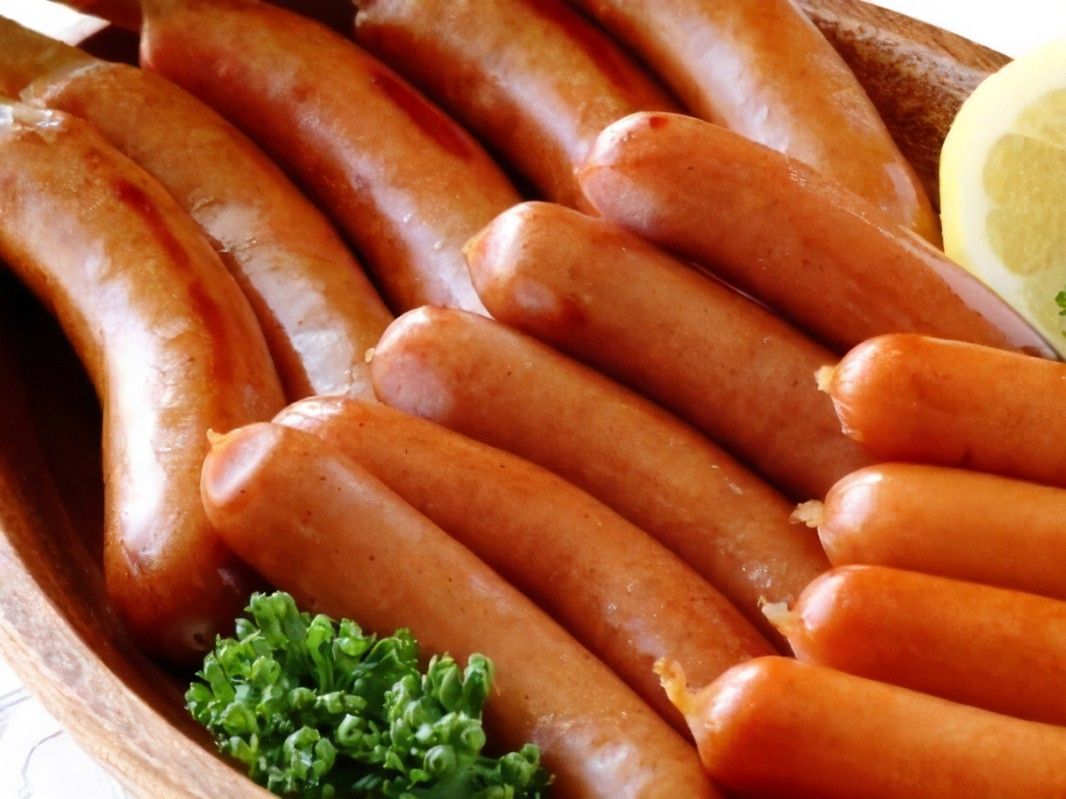Hungarian sausages are a staple in Hungarian cuisine and come in various types, flavors, and preparations. They can be boiled, fresh or dried, and smoked, with different spices and flavors. Some of the popular Hungarian sausages include:
1. Gyulai sausage: Named after the Hungarian town of Gyula, it is slow-cooked and beech wood-smoked. It is made from pork, Hungarian bacon fat ('szalonna'), garlic, pepper, caraway, and Hungarian red paprika.
2. Csabai sausage: Made in the town of Békéscsaba, it is similar to Gyulai sausage but somewhat spicier. It is known for its strong paprika flavor.
3. Csemege kolbász: A mildly spiced cooked smoked sausage.
4. Cserkész kolbász: A cooked smoked sausage made from beef and pork.
5. Debreceni kolbász: Usually unsmoked or more mildly smoked, it has a strong paprika flavor and is commonly used for cooking¹.
6. Lecsókolbász: A spicy cooked smoked sausage made specifically for serving as part of the dish lecsó, a vegetable stew with peppers and tomatoes¹.
The ingredients used in Hungarian sausages can vary but typically include bacon, ground pork, beef, boar or lamb, paprika, salt, garlic, black pepper, allspice, white pepper, caraway, nutmeg, zest, marjoram, cayenne pepper, sugar, white wine or cognac. Additional ingredients like liver, mushroom, bread, rice, lemon juice, eggs, cream or milk may also be added.
The preparation process involves coarsely grinding and salting the meat. If garlic is added to the sausage mixture, it is mashed in water to produce a slurry before being added to the meat along with spices. The sausage is then stuffed into natural casings in 1-foot links using the small intestine of the pig.
Please note that these descriptions are based on traditional Hungarian sausages and may vary depending on regional preferences and recipes.



